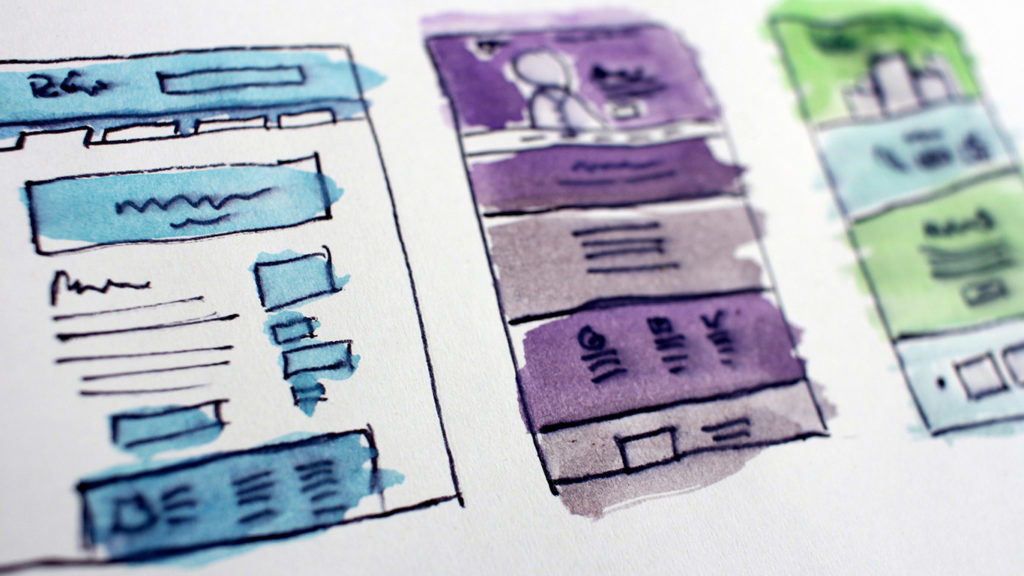Building a site is not just about putting your business information up on the internet or setting up ecommerce. It’s about facilitating a buying journey. Although that seems simple, it’s a critical pivot in mindset that changes the productivity of a site significantly, and it reveals how to build better landing pages. Below are our tips for assessing & improving your own.
Better landing pages tell people what to do and why to do it
This is of utmost importance. At every step, you need to lead visitors to the next. This goes for top of the funnel activities all the way through to the bottom. Make sure that call to action is clear, prominent, and specific. The surrounding content should explain why to take action, removing as much doubt as possible from the equation.
Try this exercise with each of your landing pages. Pretend that you came to the site with various intents, based on how people might find that page. Within that lens, does the page answer their question? Does it make them feel comfortable building a relationship with you? If it does and they choose to take the next recommended action, does the next page do the same? With that is the starting point, it should reveal opportunities for especially your lower conversion pages, but also your blogs and upper funnel content as well.
Answer all of the shopper’s possible questions
Recently I was buying a light fixture online. My first criteria was a design that fit my space, but I also had questions about the exact dimensions, how dark the color is in real life, whether the wattage and lumens were good for my space, etc, etc. Websites that didn’t answer all of those questions for me made me feel that a purchase would be risky, and I wasn’t interested in dealing with returns or changing my design plans.
As you’re going through the exercise of placing yourself in the shopper’s shoes, think through all the reasons they might not buy. Can you answer all of those within your page? You should be at least able to tackle many, if not all, with a good design.
Leverage the six principles of influence
If you’re not familiar with this, it’s a framework that simplifies all of the ways someone can be convinced to take the action you recommend. A strong landing page will use these principles to remove any doubt from the buyer’s mind.
Here are the principles and their application to a landing page.
- Authority: First and foremost, you must demonstrate that you know what you’re talking about. Use certifications, statistics, or any other information to prove that you are a trusted source for whatever is on the page.
- Social Proof: Reviews mean everything today. The more reviews you have, the more likely the shopper is to trust that your authority is authentic.
- Liking: Aren’t you more likely to buy from a company or person that you enjoy? You can build positive sentiment through brand positioning, company values, or even a character or face of a company.
- Scarcity: You’ve seen this before; “Act now! Offer ends on Friday!” Or, for retail, some sites list a low number of product left to achieve a similar goal. The point is to compel the buyer to purchase now because if they leave your site and continue to shop, you may lose them to competitor.
- Reciprocity: If you give people something for free, they will feel obligated to do something for you in return. Think of a free or low risk way to get your foot in the door of the relationship, and remind the user to return the favor.
- Commitment/consistency: This principle is harder to incorporate. The idea here is that people tend to do what they say they will do. It’s why AAA offers a Safe Driving pledge – it’s a non binding promise to yourself to be safe on the road. Get creative here. For example, retailers can leverage this principle by calling out abandoned carts.
Take care of the basics
This is last on the list because it’s so foundational that I shouldn’t have to include it. As you know, we’re in the age of mobile first. If your site isn’t mobile-friendly or fast, make some changes or risk losing people. Attention spans are just not what they used to be. Also, don’t forget that the call to action needs to be prominent & clear.
There are bonus points for sites that are visually appealing or memorable. Catchy copy and great photos drive more engagement, conversions, and loyalty then websites that don’t spend the time there, ultimately depending the pipeline of potential buyers.
Audit your landing pages
There you go. Now you know the critical components of the best landing pages. Next, audit yourself against the top 3 customers you expect to drive growth. I wonder what you’ll find!
As always, if you are unsure or need some help, give us a call.
